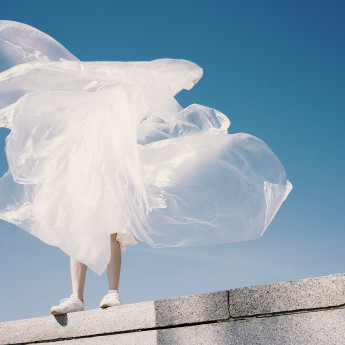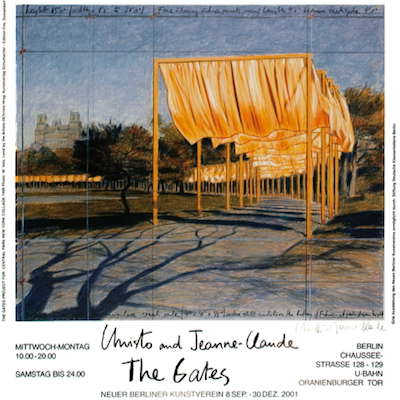
Details
Artist
Styles
Ceramic with 24 Karat Gold // Rastersonne by Otto Piene is a mesmerizing circular ceramic piece from 2009, incorporating 24-karat gold to create a radiant effect. The work features an array of gold dots meticulously arranged in concentric, radiating patterns on a soft pink background. This arrangement evokes the appearance of a sun, capturing Piene's fascination with light, energy, and cosmic imagery. The reflective quality of the gold contrasts beautifully with the matte pink ceramic, creating an interplay of light and shadow as the viewer moves around it. As a prominent figure in the Zero movement, Piene's work often explores themes of light and perception, encouraging an immersive experience. With a diameter of 48 cm, this limited edition piece (one of 99) is a refined, contemplative homage to the sun's radiant energy.
Rastersonne, 2009
form
Medium
Size
48 x 48 cm
- Inches
- Centimeters
Edition
Price
Details
Artist
Styles
Ceramic with 24 Karat Gold // Rastersonne by Otto Piene is a mesmerizing circular ceramic piece from 2009, incorporating 24-karat gold to create a radiant effect. The work features an array of gold dots meticulously arranged in concentric, radiating patterns on a soft pink background. This arrangement evokes the appearance of a sun, capturing Piene's fascination with light, energy, and cosmic imagery. The reflective quality of the gold contrasts beautifully with the matte pink ceramic, creating an interplay of light and shadow as the viewer moves around it. As a prominent figure in the Zero movement, Piene's work often explores themes of light and perception, encouraging an immersive experience. With a diameter of 48 cm, this limited edition piece (one of 99) is a refined, contemplative homage to the sun's radiant energy.
- Recently Added
- Price (low-high )
- Price (high-low )
- Year (low-high )
- Year (high-low )
What is site specific art?
Site-Specific Art is a form of artwork created to exist in a particular location, with the artist considering the site as an integral part of the creative process. Robert Irwin was a key figure in promoting this art form in California. Site-Specific Art emerged as a reaction against modernist objects, which were often portable, commodified, and confined to museum spaces. In contrast, Site-Specific Art is inherently tied to its location, challenging the traditional notions of art as a transportable and marketable commodity.



















